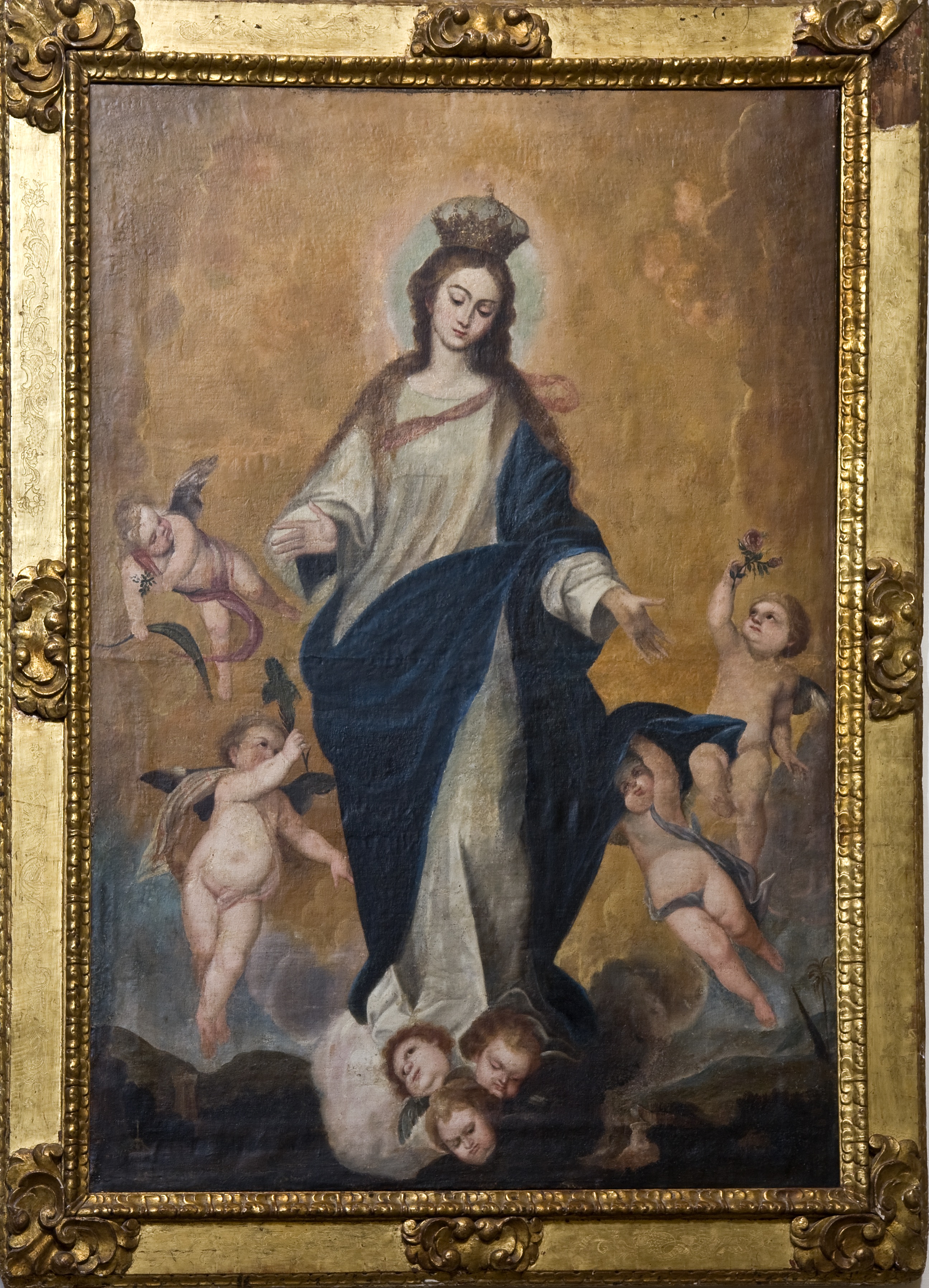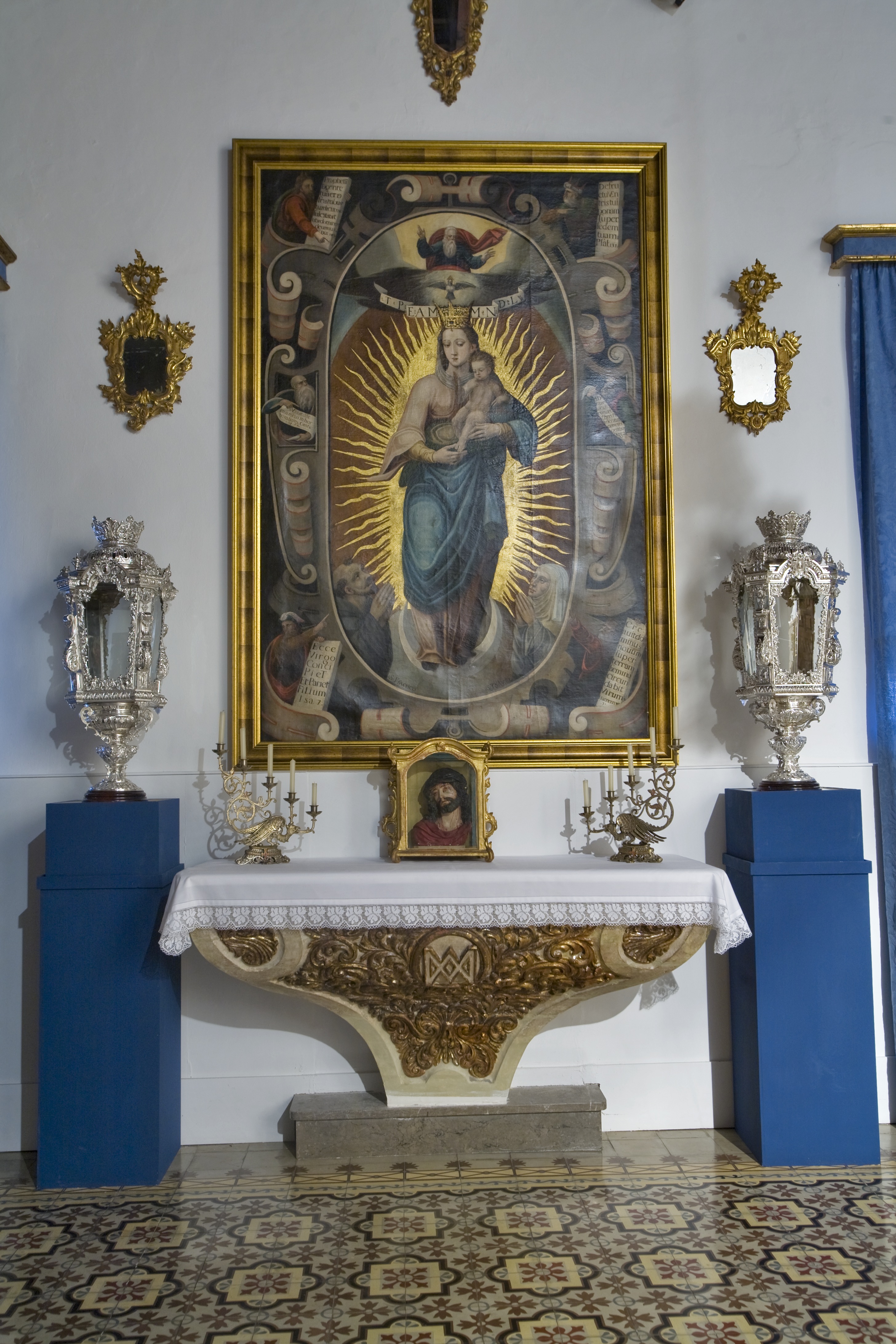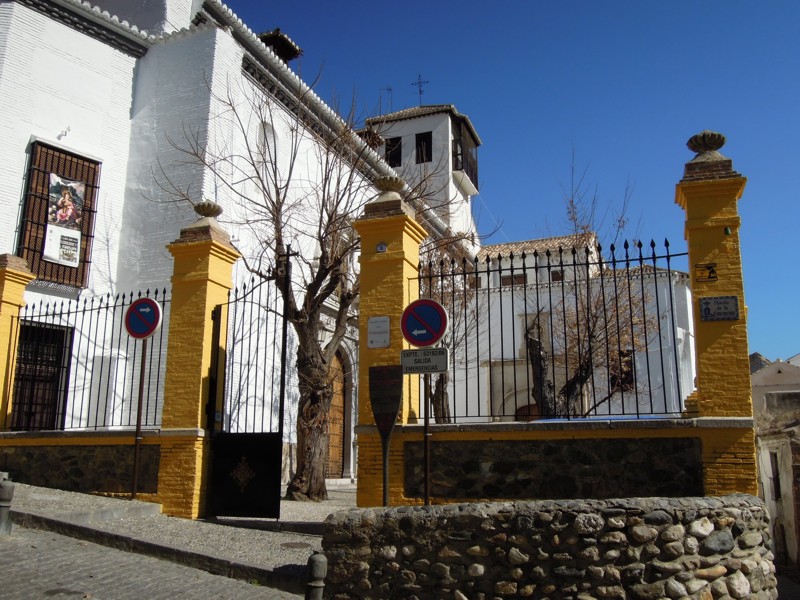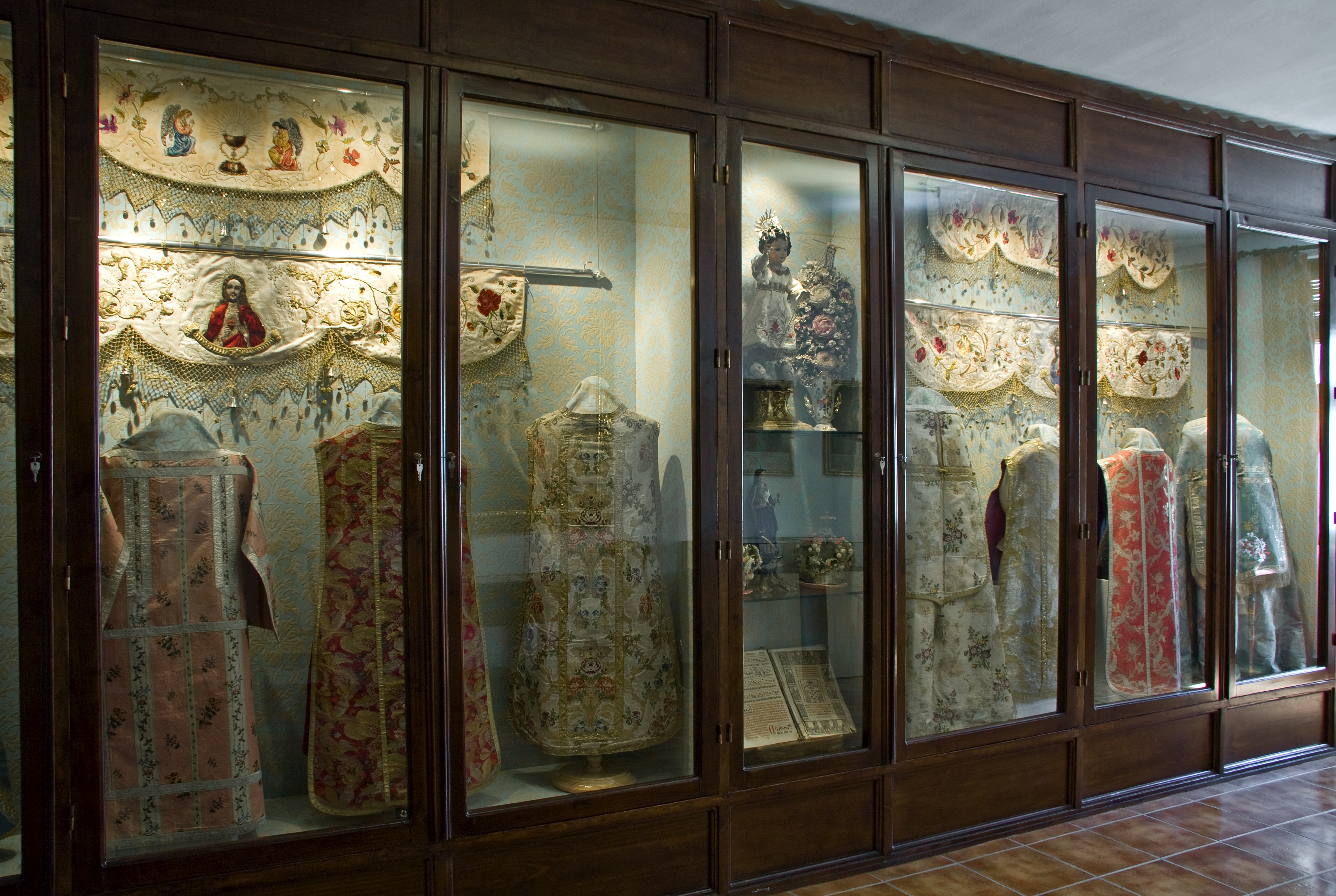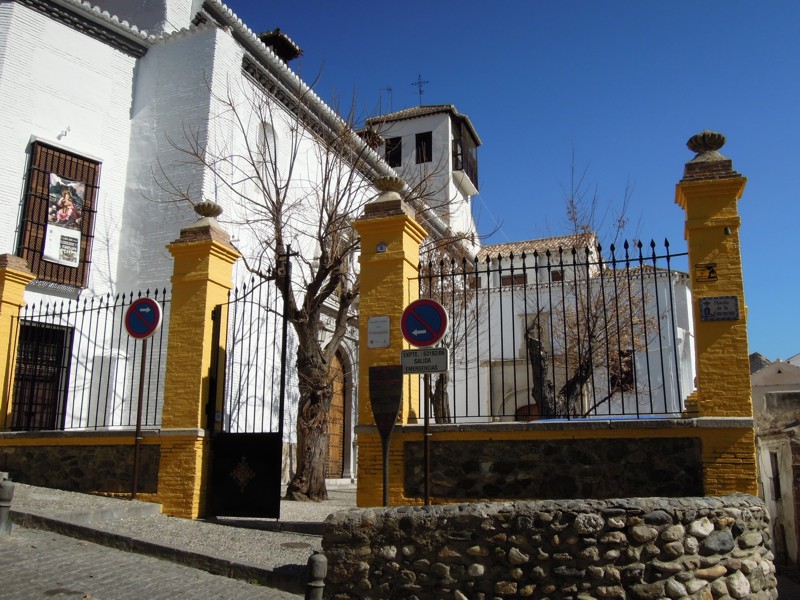
The Monastery of La Concepción is one of the oldest and most representative enclosed convents in Granada. It is located in the heart of the lower Albaicín, a district has beendeclared a World Heritage Site , facing the Alhambra and running parallel to Carrera del Darro, a unique setting amongst the monuments of Granada.
By virtue of a papal bull issued by Leo X, in 1518, this monastery for Franciscan Sisters of the Third Order Regular was founded in Rome. It is located amidst a harmonious architectural ensemble formed by imposing stately homes, houses and gardens dating back to the Moorish period, along with the buildings associated with Christian convents. The importance of its architecture is rivalled by the importance of the artistic, historical and cultural heritage that this cloister has accumulated over the course of five centuries. It houses valuable archives, exceptional publications produced by Granada''s old printing house, beautiful ornaments and gold and silver articles, amongst other items. However, the iconographic representations, sculpted or painted, are its most important and significant heritage, many created by acclaimed and renowned artists such as Jacobo Florentino, Sánchez Cotán, the García brothers, Pablo de Rojas, Pacheco, Ambrosio Martínez de Busto, Alonso and Pedro de Mena, Alonso Cano, Bocanegra, Juan de Sevilla, José de Mora and José Risueño, amongst others.
In addition to these artistic works of note, we also find less important sculptures made in clay and grouped into themes. In any event, visitors to the Monastery of La Concepción will not merely find works of religious art, exhibited in the typical fashion of a museum. The most meaningful aspect of a visit to the series of buildings making up the convent is contemplating the works of art within their context: within the space and for the purpose for which they were conceived. The uninterrupted occupation of the nuns, since the foundation of the order up to the present day, enables visitors to the spaces and rooms of the convent to become immersed in five centuries of Granada''s history, religious practice, art and culture.


